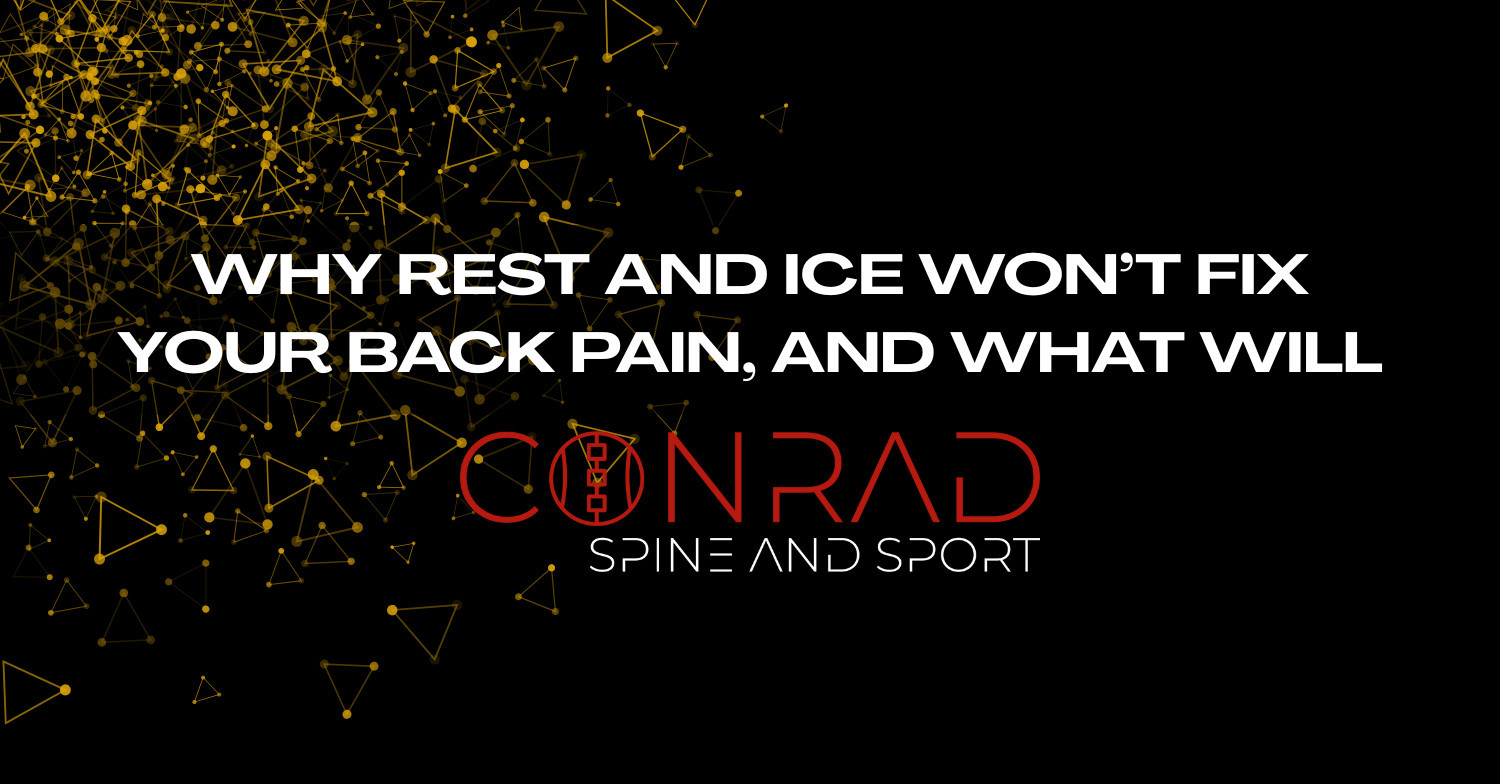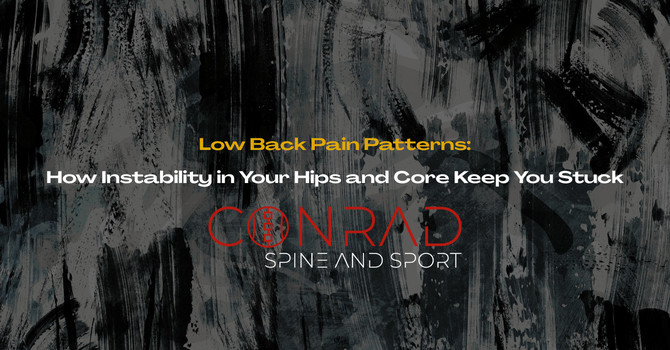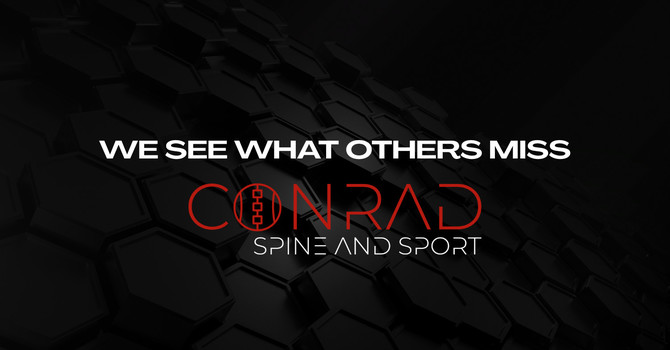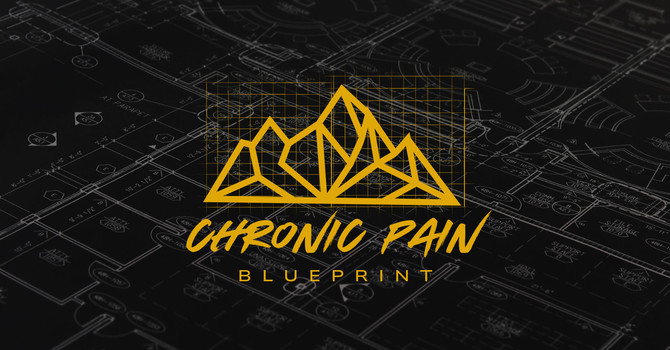
Why Rest and Ice Won’t Fix Your Back Pain, and What Will
If you have been sidelined by back pain, chances are you have been told to rest, ice it, and wait it out. Maybe you tried that. Maybe it helped for a few days until you went back to life, training, or work, and the pain returned like it never left.
You are not crazy. You are not fragile. You are stuck in the same outdated playbook that medicine has been running for decades, one that manages pain but rarely solves it.
The truth is, rest and ice do not fix back pain because they do not change what caused it in the first place.
The Myth of “Let It Heal”
When someone strains a muscle or tweaks their back, it is often labeled as an “injury.” That language alone changes how we respond. We treat it like a cut: rest, reduce inflammation, protect it, and wait for it to heal. But back pain rarely behaves that way.
Most cases are not about tissue damage. They are about movement dysfunction—the way your body has been loading, compensating, and stabilizing for weeks, months, or even years before the flare-up.
So when you rest, you may calm the irritation, but you also shut down the very systems that keep you stable. Muscles decondition. Movement control fades. The nervous system loses coordination. The longer you rest, the weaker the stabilizers become, and the more sensitive your back feels when you move again.
It is not healing. It is hibernating.
The Ice Illusion
Ice has its place. It can numb pain and reduce short-term swelling, but it does not “fix inflammation.” It merely delays the body’s natural repair process.
When you apply ice, you constrict blood flow, which temporarily dulls sensation. That might make it easier to get through the day, but what your body actually needs is circulation. Blood flow delivers oxygen, nutrients, and immune cells that rebuild tissue and restore balance.
Long-term use of ice can blunt that response, creating a loop where pain feels better temporarily but never resolves.
So, if rest and ice are not the answer, what is?
What Actually Fixes It: Retraining the Pattern
Pain shows up when your system can no longer manage load efficiently. That load might be physical, such as a bad lift or long commute, or systemic, such as stress, fatigue, or poor recovery.
To get out of pain, you have to retrain the pattern that led to overload.
At Conrad Spine and Sport, we break this process into three key pillars:
-
Rebuild Stability. Restore the deep stabilizers of the hips, core, and spine that protect your back under load.
-
Reprogram the Nervous System. Calm the overprotective muscle guarding that keeps you locked up and reactive.
-
Reintroduce Load and Movement. Gradually expose your system to challenge so it adapts stronger, not weaker.
This is not about strengthening your core or stretching your hamstrings. It is about teaching your body to move efficiently again, so the right muscles work at the right time.
The Research Behind the Shift
Modern pain science has been clear for years: active recovery beats passive rest.
-
The British Journal of Sports Medicine (2020) concluded that early movement and education lead to faster recovery and lower recurrence rates than rest or immobilization.
-
Cochrane Reviews (2021) found that exercise-based rehabilitation consistently outperforms passive treatments like heat, ice, and medication for chronic low back pain.
-
The Lancet Low Back Pain Series (2018) recommended staying active, avoiding unnecessary imaging, and focusing on function rather than symptoms.
Translation: motion is medicine, but only when it is the right kind of motion.
The Bigger Picture: Why People Stay Stuck
Most people cycle between flare and frustration because they never identify what actually drives their pain. The real culprits often include:
-
Failed load transfer. Hips and core not sharing the workload evenly, leaving the back to pick up the slack.
-
Poor breathing mechanics. A diaphragm that is out of sync with stabilizers creates pressure problems in the spine.
-
Chronic stress and fatigue. Nervous system overload keeps muscles in constant defense mode.
-
Metabolic and inflammatory factors. Under-recovered tissues amplify pain sensitivity.
You cannot ice your way out of any of that. You have to address the system, not the symptom.
Our Process at Conrad Spine and Sport
We do not tell people to rest. We teach them how to move again, safely, strategically, and systematically.
Every plan begins with a detailed assessment of your Biomechanical, Neurological, and Metabolic Drivers of Pain. From there, we build a framework to:
-
Restore function,
-
Rebuild resilience, and
-
Rewire your body’s response to stress and load.
That is how lasting results happen. Not by numbing pain, but by rebuilding the foundation that keeps it away.
The Takeaway
Rest and ice can calm pain, but they cannot correct the pattern that caused it. If you are tired of treating symptoms that keep coming back, it is time to take a different approach.
At Conrad Spine and Sport, we help you fix the root cause, not just the flare-up. We rebuild movement, restore confidence, and get you back to doing what you love—stronger than before.
Pain does not mean stop. It means start—the right way.
Take the Chronic Pain Quiz to uncover what is really driving your pain.
Book a Discovery Visit and start your recovery the right way.
Learn more at Conrad Spine and Sport.

Nick Conrad
Contact Me



